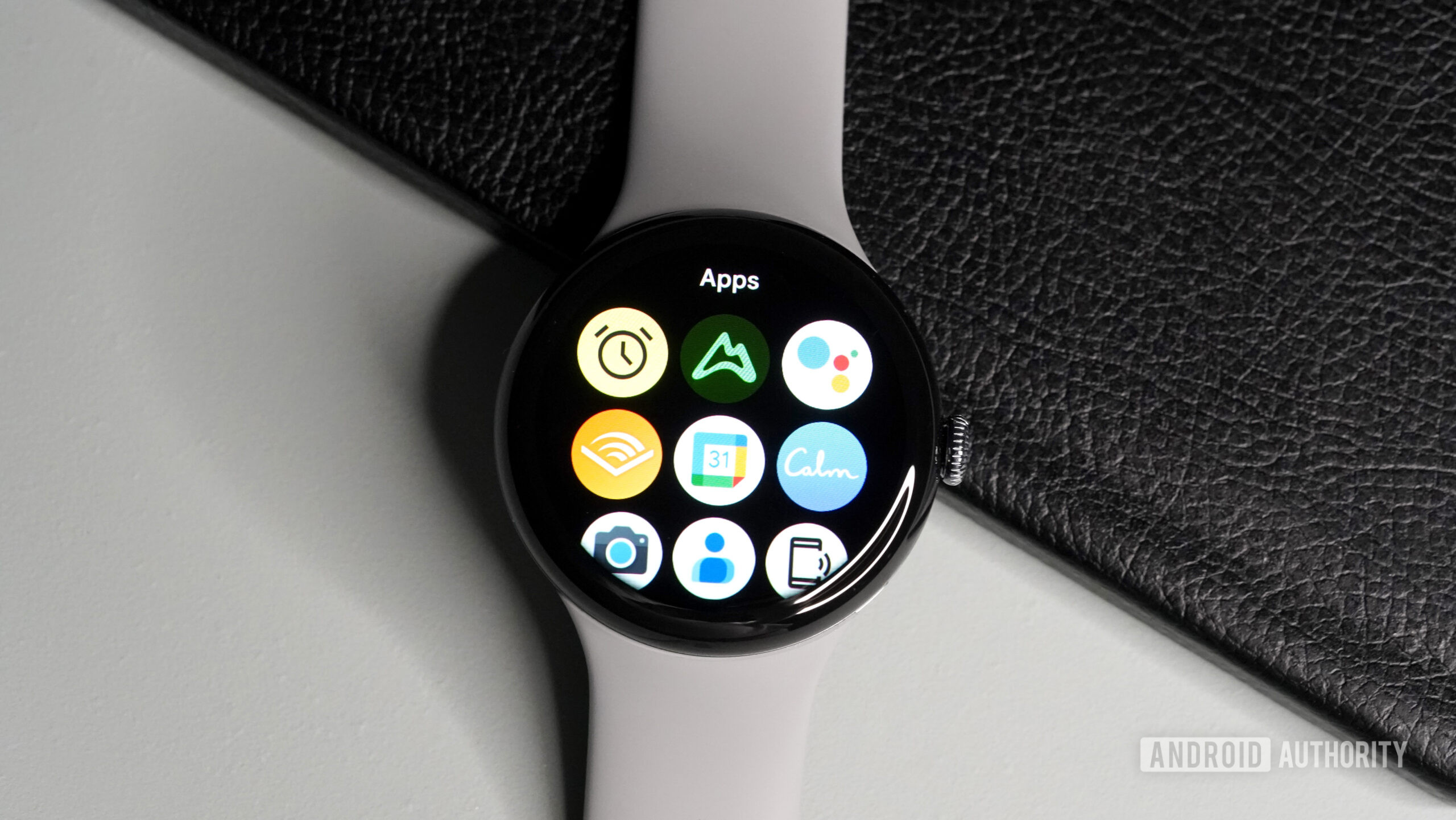
Kaitlyn Cimino / Android Authority
TL;DR
- Google plans to release a custom Tensor chip for Pixel Watches in 2026 alongside the Pixel Watch 5.
- The “NPT” chip will use older CPU cores, following a trend in wearable chips prioritizing efficiency over cutting-edge performance.
- Details like the process node and modem are still unclear, but the chip is expected to enhance smart features.
Google’s Pixel Watch series had a bit of a rough start. Having launched a year later than originally planned, the first-generation smartwatch had a heavily outdated Exynos SoC, which was slow and power-hungry compared to its competition at the time. Fortunately, that was quickly amended by switching to Qualcomm’s Snapdragon W5 Gen 1 platform in Pixel Watch 2. Since then, Google released another watch — the Pixel Watch 3 — using exactly the same chip. With no new platform from Qualcomm in sight, this begs a question — what’s Google’s plan for the future Pixel watches?
Thanks to a massive leak from Google’s gChips division, Android Authority has viewed documents that describe Google’s plans for a future wearable Tensor chip to be released in 2026, alongside the Pixel Watch 5.
You’re reading an Authority Insights story. Discover Authority Insights for more exclusive reports, app teardowns, leaks, and in-depth tech coverage you won’t find anywhere else.
Building the future of Pixel wearables

Kaitlyn Cimino / Android Authority
Google’s silicon roadmap we viewed, unfortunately, only contains very basic information, but we can still deduce a lot from it. The chip is code-named “NPT,” which we assume stands for “Newport Beach,” to fit in with the theme of beaches in California (for example Tensor G5 is “LGA” – Laguna Beach). The intended release date is 2026, alongside the Tensor G6, but since the document was dated early 2023, that might still change.
The only other detail we are explicitly given is the core configuration — 1x Arm Cortex-A78 + 2x Arm Cortex-A55. A note also says Google is assessing RISC-V as a potential alternative, although with the recent removal of support from the Android kernel that option seems less likely.
The choice of CPU cores here might seem odd — they are both ancient, with the Cortex-A55 dating back as far as 2017! This, however, seems to be the way to go in wearables as both Samsung and Qualcomm (the only two remaining Android wearable SoC manufacturers) seem to go the same route of using older cores on modern process nodes (for example, Qualcomm’s recent Snapdragon W5 Gen 1 uses Cortex-A53 cores, dating back to 2012, on a relatively fresh 4 nm node). Speaking of which, the configuration of NPT is similar to Samsung’s recent Exynos W1000, which has 1x Cortex-A78 and 4x Arm Cortex-A55.
Pixel Watch Tensor chip: What we don’t know
One important thing we don’t know for sure is the process node technology used, but given the chip’s context, we can make a prediction. Since wearable chips require high efficiency, and Google’s Tensor G6, which will be released alongside NPT, is built on a 3 nm process node, it’s likely this chip will, too.
Another unknown is the modem. Smartwatch chips typically come with on-die modems to reduce power usage, but Google, to our knowledge, doesn’t currently have a modem to integrate, which leaves an interesting question of what it’ll do.
One thing we know for sure, though, is that Google will use this new chip to make its watches even smarter. Generic wearable SoCs don’t typically have a ton of processing power, which makes them way less versatile, but Google can add as much application-specific hardware as it wants. It will be interesting to see what new experiences will be made possible with this chip.








